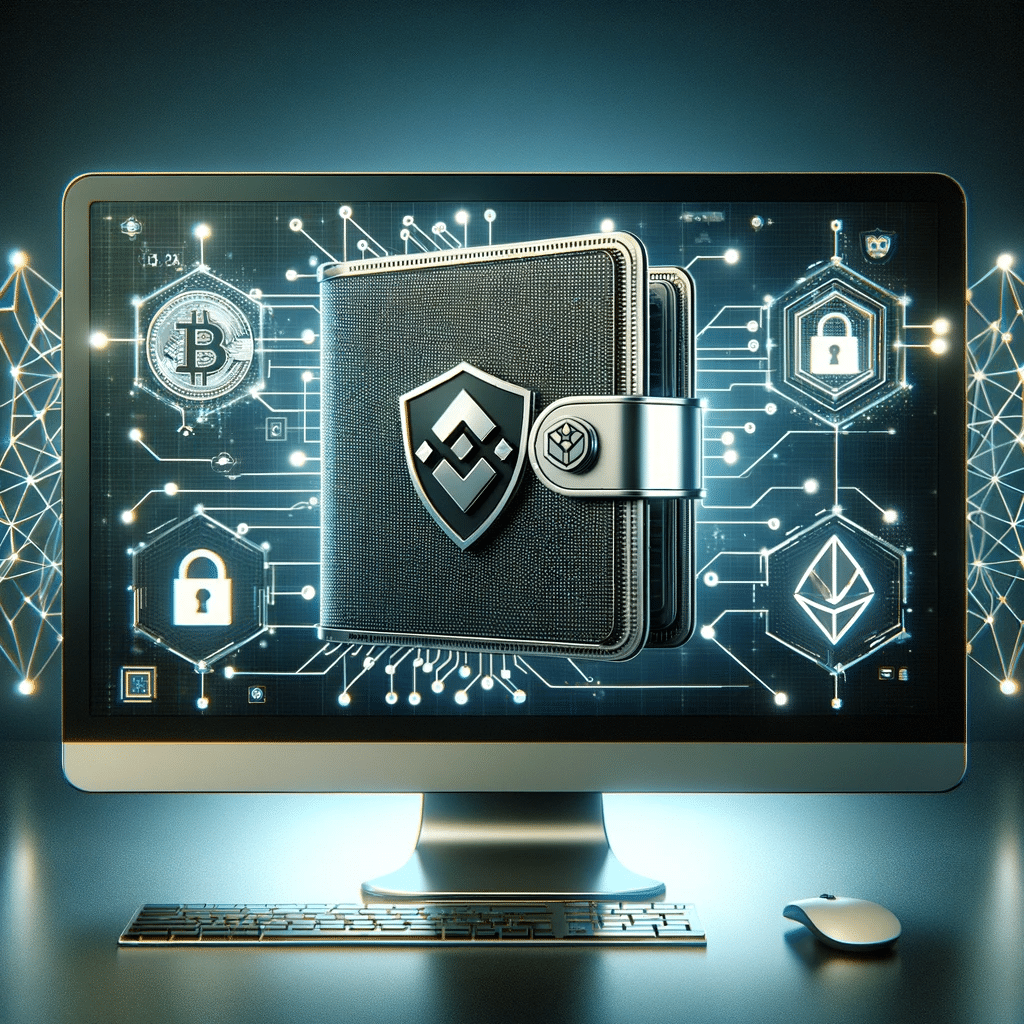Binance Offers Self-Custody Web3 Wallet With Enhanced Crypto Security – Out Now

Binance Offers Self-Custody Web3 Wallet with Enhanced Crypto Security
In a landmark move, Binance, a pioneering cryptocurrency exchange, has launched its inaugural self-custody Web3 wallet, revolutionizing user interactions within the decentralized finance (DeFi) domain. This groundbreaking product, accessible through Binance’s application, spans an impressive 30 blockchain networks and was officially introduced during the Binance Blockchain Week conference held in Istanbul.
The Birth of a Game-Changer: The Binance Web3 Wallet
Described as an integral component of the Web3 framework, the Web3 wallet represents more than just a storage repository for digital assets. Binance’s CEO, Changpeng ‘CZ’ Zhao, emphasizes its pivotal role, empowering individuals with the ability for self-sovereign finance, placing control directly in the hands of users.
Binance Offers A New Contender in the Wallet Arena
Competing head-on with established names like MetaMask and Trust Wallet, the latter having been acquired by Binance in 2018, Binance’s Web3 wallet enters the fray, presenting a direct challenge in the self-custody arena. The exchange recently listed a futures market for TrustWallet’s native token (TWT), signaling its commitment to diversifying its portfolio.
Other prominent centralized exchanges, such as Coinbase and OKX, have also ventured into the Web3 wallet domain, underscoring the burgeoning significance of self-custody in the evolving crypto landscape.
Security at the Forefront: Multi-Party Computation
Recognizing the vulnerability of Web3 wallets to exploitation, Binance has strategically implemented a multi-party computation (MPC) system. This innovative solution dispenses with the need for users to memorize seed phrases while bolstering security and ensuring self-custody. MPC involves dividing a private key into three parts or key shares, with two shares under the control of the wallet owner, fortifying the security perimeter.
As Binance forges into the realm of self-custody with its Web3 wallet, it aspires to provide users with an accessible yet highly secure platform for engaging in various DeFi activities, including staking, lending, and borrowing, via the Binance mobile app. The issue of KYC procedures for wallet creation remains a lingering question in the wake of this momentous release.
This new advancement not only marks a shift in user control but also underscores Binance’s commitment to fortifying security and autonomy in the decentralized financial sphere, setting a new standard for self-custody and user empowerment.







